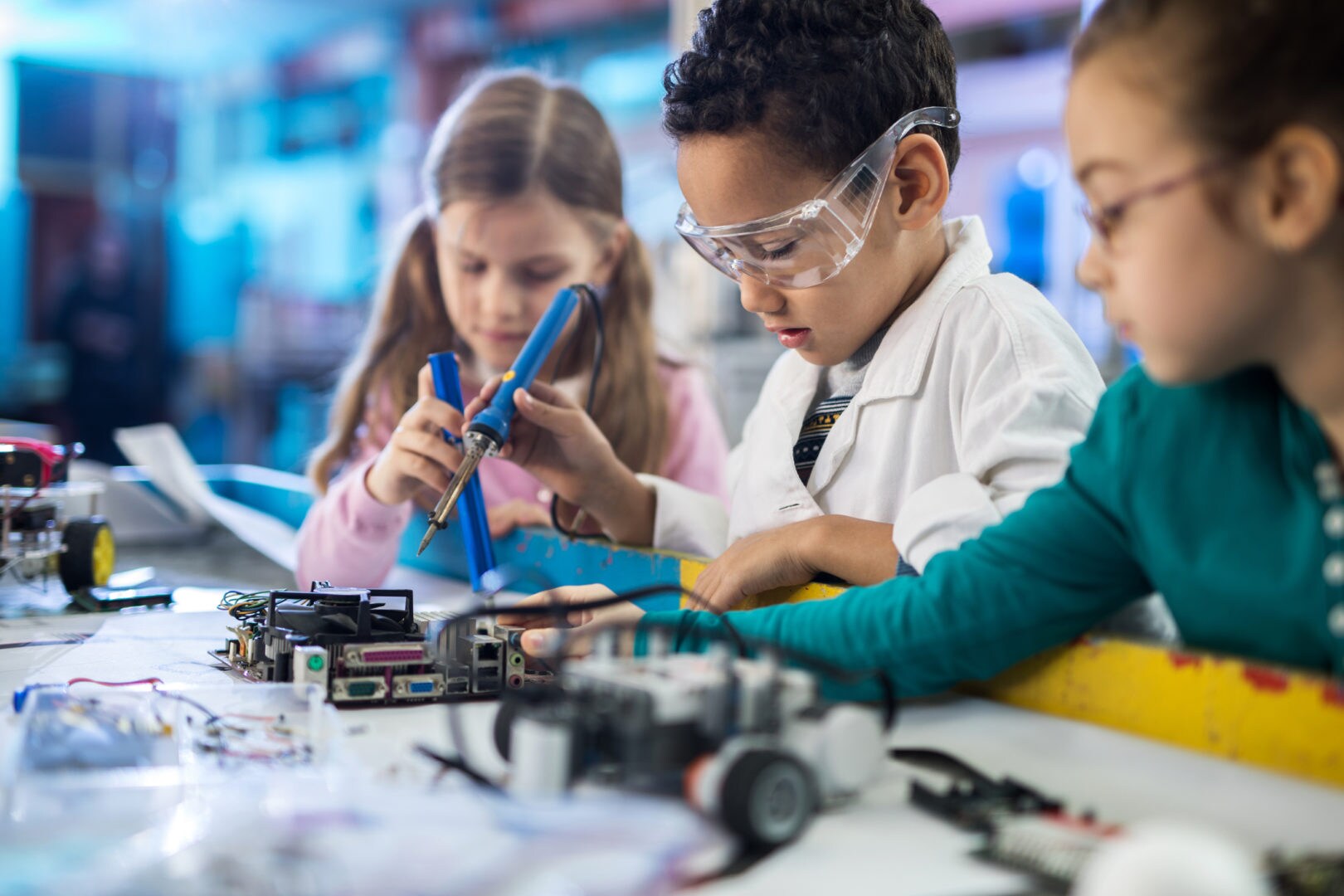Learning pods, home schooling pods, microschools, pandemic pods, nano-schools: These are all names being used to describe the newest pod school trend in COVID-19-era education. Rather than take the potential risks of returning to in-person school or put up with the hassles of virtual learning, parents in many cities are banding together with other quarantined families to create small, private in-home school groups for their kids. It’s an innovative idea that could help kids learn and socialize safely, but some online are pointing out that pod schools may also be an escape hatch that’s only available to the privileged.
Who benefits from the pandemic pod trend?
The idea for learning pods has caught on nationally as school districts struggle to make adequate plans for the upcoming academic year. A national Facebook group dedicated to helping families create “pandemic pods” has more than 25,000 members. More localized pod school groups also boast thousands of members, like the one for Seattle parents with more than 3,800 members, and the one for Marin County, California, parents that has more than 1,200 members.
Learning pods vary in size and specifics, but Facebook user J. Li, who recently wrote a viral critique of the trend, describes them as “clusters of 3-6 families with similar aged (and sometimes same-school) children co-quarantined with each other, who hire one tutor [or teacher] for in-person support for their kids.” She calls out the race and class considerations, and the problem, she explains, is that not every child has the opportunity or resources to participate in one of these pods.
It can cost $100 or more per hour to hire a certified teacher privately, and private tutors can run parents anywhere from $10-$40 per hour, depending on experience and the ages and grade levels of the students. A report by Bloomberg reveals five families in Los Angeles spent over $22,500 creating a school pod for their preschool-aged kids, which includes working with an interior designer to create an in-home classroom and contracting a teacher to lead classes three days per week. The Washington Post quotes another parent who says her school pod is considering renting a separate studio apartment to serve as a “school” for their children and private teacher.
Not every family is securing pricey accommodations and private teachers. One San Francisco-based pod featured in the New York Times plans to rotate class-hosting duties at students’ houses and have children’s parents take turns teaching different subjects. Even in this situation, though, there is the inherent privilege of parents who have the time and space to create this kind of customized school environment.
How are pandemic pods changing teaching?
It’s understandable why parents and teachers alike might jump at the chance to participate in alternative forms of school. Cases of COVID-19 continue to rise in the U.S. Virtual schooling is an option in some parts of the country, but it’s an imperfect system that can present numerous challenges for educators, working parents, those with young children and kids who require additional resources to learn. For teachers, whose average starting salary in 2018, was $39,249, offering private lessons can also be extremely profitable.
Unfortunately, it’s exactly these issues that make pods such a contentious issue. Already, 66% of teachers, principals and district leaders say they have concerns about returning to in-person school. Some of these teachers could be recruited for higher-paying pod school jobs, leaving public schools with fewer teachers and making it even more difficult to implement social distancing and other safety protocols.
Additionally, some states, such as California, use attendance to allocate funding to schools, and a steady stream of parents yanking their kids out for home or pod schooling could mean less money and fewer resources available for those who do go back to class. And, of course, there will be many families who simply can’t start up learning pods because they don’t have time outside work to form one, they don’t have money for private teaching, they have special needs, they live in public housing that doesn’t have the space to hold a class and a variety of other reasons.
Who gets left out in the pandemic pod trend?
One solution to these issues is for pod families to invite disadvantaged children to join them, but as Li points out, this may be an impossibility. “The most obvious solution to this — individual family clusters scholarshipping disadvantaged kids into their pods — doesn’t even work at scale because there is a high correlation between kids who can’t afford tutors and kids in families where strict distancing rules just aren’t an option,” she writes.
Low-wage workers are more likely to work jobs where they have more contact with the public and face a higher risk of COVID-19 exposure. Since many families are forming learning pods with others who are self-quarantining, kids of low income workers could be excluded based on their risk-level.
There are attempts being made to create more equitable school pods. Nikolai Pizarro, an Atlanta-based mom and author, runs a Facebook group focused on microschooling for Black or Indigenous People of Color (BIPOC). In California, the San Francisco Unified School District is supplementing virtual learning with the K-8 Rooftop School, which will divide students into small pods that meet with teachers in outdoor settings.
There is no easy or one-size-fits-all solution to the school dilemma. Many are simply doing the best they can and trying to find a strategy that helps their families get through the coming school year without risking illness or their mental, emotional and financial well-being. Still, the rush to form elite school pods only proves how much parents need help from educators and government leaders to ensure kids who have fewer options aren’t left behind.




